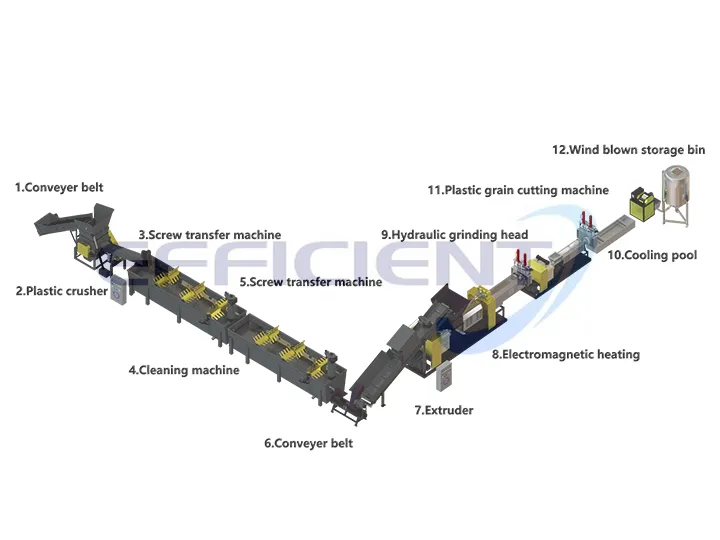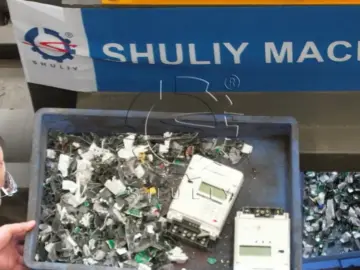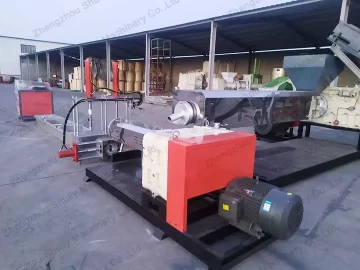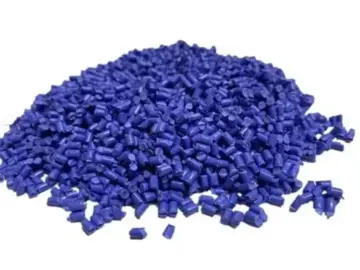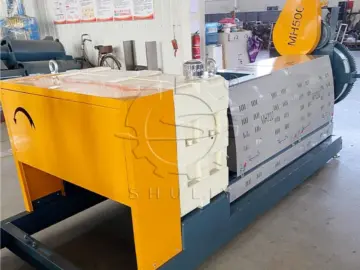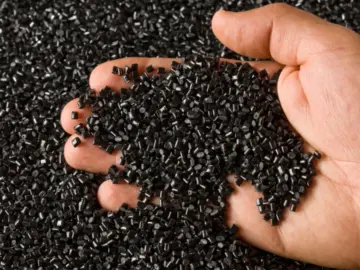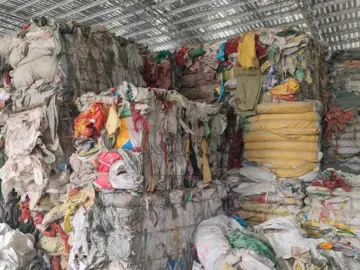The complete name of PCR is Post-Consumer Recycled Material, which refers to waste plastics generally generated after circulation, consumption and use, such as plastic shopping bags, plastic pots and plastic packaging. After recycling, these waste materials can be turned into valuable raw materials for industrial production, realizing the material of resource regeneration and recycling. PCR materials can cover a wide range of plastic types such as PET, PE, PP, HDPE, etc…
Process of Post-Consumer Plastic Recycling
The post-consumer plastics recycling process includes the following steps.
Sorting: Sorting is the first step in all plastics recycling. This is done by sorting plastics by type (available materials PP HDPE, LDPE, LLDPE, PVC ABS, EPS EPE etc.), color, and form of production (plastic bags, rigid plastics, Styrofoam, etc.).
Shredding: After sorting, the plastics will be crushed by a plastic shredder, and each category of plastic will be crushed separately before moving on to the next recycling process.
Washing: Crushed into small pieces, the plastic waste will be washed to remove oils and contaminants.
Drying: If the raw material has too much moisture during the pelletizing process, a large amount of water vapor will be generated when it is heated, which will affect the pelletizing effect. Therefore, drying is required. Moisture can be controlled at 5-10% for soft materials and 3-5% for hard materials to allow for the next step in the recycling process.
Pelletizing: The final step in recycling is granulation. In this step, plastic waste that has been sorted, shredded, cleaned and dried is made into pellets. The recycling machinery used in this process includes plastic granulators, which melt the plastic by setting its melting point temperature according to the type of plastic, then it is drawn through a die head, cooled by water and finally cut into pellets by a granule cutter, which is the final product of post-consumer plastic recycling.
Advantages of Post-Consumer Plastic Recycling
Reduces the amount of plastic waste going to landfill
Recycling plastics to make them into pellets is a move that reduces the amount of waste that is sent to landfills and usually takes hundreds of years to decompose. Mechanical recycling of plastics prevents them from eventually polluting the environment.
Reduce your company’s raw material costs
Mechanical recycling reduces the use of virgin raw materials by obtaining pellets that can be put back into the production line. This reduces the environmental impact of mining new materials.
Creating jobs
Mechanical recycling involves different stages in which a large number of jobs are generated in plastics recycling plants; two of these stages generate more jobs, including the collection of plastics and the workers in charge of plastics mechanical recycling operations.
Helping to develop a circular economy
Mechanical recycling allows waste plastics to be reintroduced into production, which is a manifestation of a circular economy.
EFFICIENT Solution for Post-Consumer Plastic Recycling
EFFICIENT Machinery’s Plastic Recycling Machines, available in second- and third-stage configurations with a high-strength shredder and wash-drying system, is the ideal solution for cleaning and drying HDPE, LDPE, LDPE, and polypropylene waste plastic bags and film. This plastic recycling line crushes, cleans, extrudes and pelletizes waste plastics to produce high quality recycled pellets.
